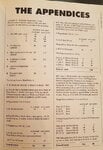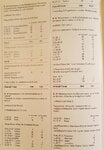michael rauls
Tech Sergeant
- 1,679
- Jul 15, 2016
If I may propose a little common ground here. I think regardless of the exact percentages of types or which axis units we include or exclude it seems evident that there was PLENTY of first rate oposition for the P40s and the majority of there victories were against first line types.



